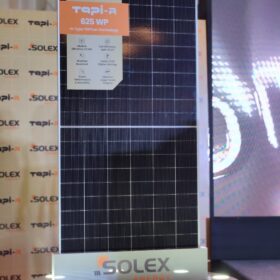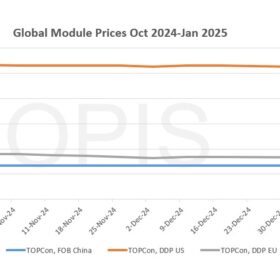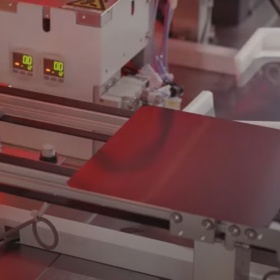Publish your press releases, for free, directly through our client portal. You can find instructions for creating an account and uploading articles, here.
Indian Energy Exchange becomes India’s first carbon neutral power exchange
Achieving carbon neutrality underscores IEX’s commitment to
contribute towards India’s sustainability aspirations. This will help IEX members and participants by reducing their Scope 3 emissions by building a greener value chain.
Under Phase-II of FAME India Scheme, 7,45,713 EVs supported through demand incentive amounting to about INR 3,200 Crore
Under Phase-II of FAME India Scheme, 7,45,713 Electric Vehicles have been supported till 07.12.2022 by way of Demand Incentive amounting to about Rs. 3,200 Cr.
NIIF managed fund invested in 16 entities covering renewable energy and other sectors
NIIF currently has three funds, namely, Master Fund, Fund of Funds and Strategic Opportunities Fund that have invested in 16 entities covering ports and logistics, renewable energy, roads, digital infrastructure, healthcare and manufacturing among others.
FAME and PLI Schemes promote use of electric vehicles in the country
The Ministry of Heavy Industries has formulated FAME II and PLI Schemes for the Automotive Sector and Advanced Chemistry Cells to promote the use of electric vehicles in the country and to make their manufacturing cost-effective.
Electricity from solid waste
The Ministry of New and Renewable Energy’s Waste to Energy (WTE) Programme aims to support setting up of Waste to Energy plants for generation of Biogas, BioCNG and electricity from urban, industrial and agricultural waste by providing central financial assistance.
Manufacturing of solar cells
The Government has taken a number of steps to incentivise the manufacturing of solar cells domestically.
Husk Power Systems and Smart Power India launch the “Pragati ki Aur” campaign to boost income of solar-powered, women-led MSMEs in rural India
In the campaign’s initial phase, about 500 women business owners were recruited in the communities served by Husk’s solar microgrids. After recruitment, coupons valued at up to 1 million INR (USD 12,500) were distributed to drive more business to these MSMEs.
Inox GFL Group raises INR 1,500 crore, takes a significant step towards achieving zero net debt
Promoters raise INR 720 crore through the sale of shares of Gujarat Fluorochemicals Ltd (GFL) and infuse the proceeds of INR 623 crore (net of taxes and expenses) in Inox Wind Ltd. Inox Wind repays INR 623 crore to GFL. The Group recently raised INR 740 crore through IPO of Inox Green Energy Services Ltd.
Eaton celebrates the success of its flagship event – EnnovATiON 3.0
Under the ‘college connect’ competition, students from various colleges, namely VIT, VIIT, MIT, and COEP, were invited to solve the problem statements using Data Science.
Ministry of Power institutes number of measures to improve the performance of utilities
Preliminary analysis of data for FY2022 of 56 DISCOMs contributing to more than 96% of input energy, indicates that the AT&C losses of DISCOMs have declined significantly to ~17% in FY2022 from ~22% in FY2021.





